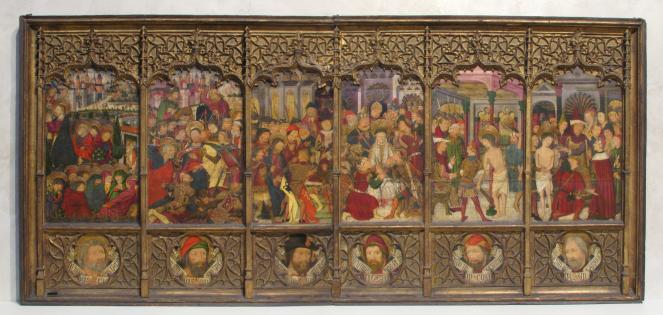The meaning of “race” is also debated in other ways. Even within the “constructivist” camp, there is as yet no consensus about how the notion of race came to be invented. Perhaps the prevailing opinion among American anthropologists, sociologists and historians today is to think of race as a Western creation, a way of classifying people that arose from medieval and early modern Europeans’ encounters with peoples in Africa, Asia and the Americas. According to this viewpoint, two historical episodes in particular are widely considered to have resulted in the belief that the human species is divided into “white,” “black,” “yellow,” “red” and other races.
The first is the completion of the Reconquista of Spain in 1492, when Catholic armies finally succeeded, after centuries of struggle, in expelling Muslim rulers from the Iberian peninsula. In the aftermath of this conflict, Jews and Muslims remaining in Spain were forced to either convert to Christianity or leave the country. Many chose to convert and remain, but over time, fears grew that they and their descendants could never be full or “pure” Catholics. Over the next two centuries, new “limpieza de sangre” rules cropped up requiring that certain offices and occupations could be held only by those with “clean” or “pure” blood—meaning no Jewish or Muslim ancestry. According to historian George Fredrickson, this essentialist distinction between people whose bodies were permanently marked by inherited inferiorities and those who were not was the kernel of our modern-day race idea. He and other scholars have stressed, moreover, how new and recent this belief in fixed, passed-down inferiority or superiority was in the Western world; until then, religious difference was the most important status marker separating the worthy (i.e. Christians) from the unworthy (i.e. Muslims, Jews, pagans). Before that, the ancient Greeks and Romans divided people up according to yet another logic, one that we might roughly translate into today’s language as a clash between “civilized” versus “barbarous” peoples, where some African peoples were counted among the former and some Europeans were included among the latter.
IMAGE: Altarpiece (retablo) with Scenes from the Passion
Attributed to Master Morata (Spanish, Aragon, active 1470-1505)
From the collection of the Metropolitan Museum of Art


